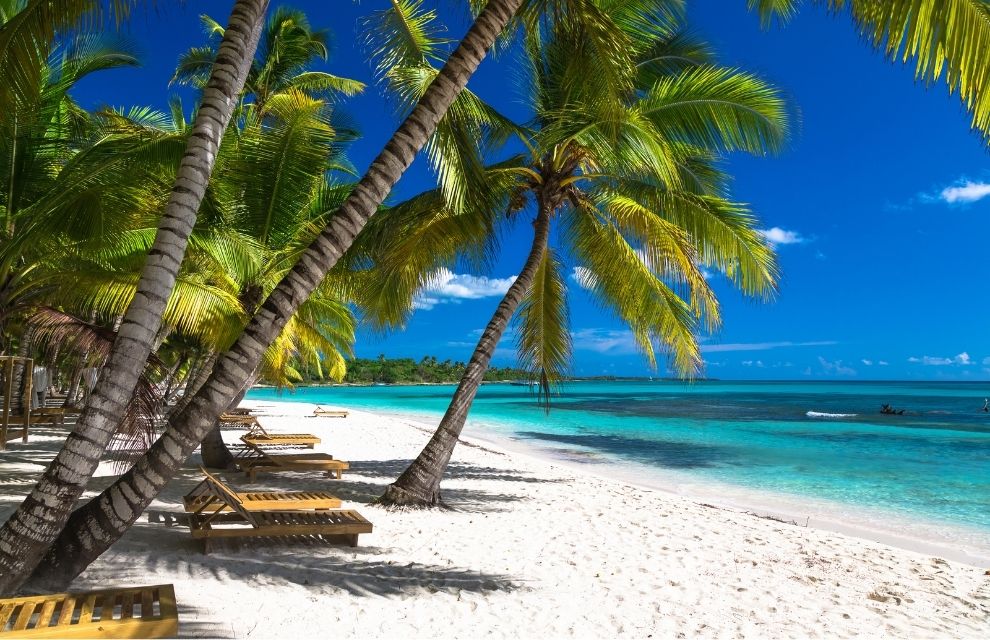A.M. Best-rated captives in Bermuda, Cayman Islands and Barbados (BCIB) continue to outperform the US commercial casualty composite in terms of underwriting and operating profitability for the fifth year in a row.
BCIB captives make up three of the seven largest global captive domiciles, and although the COVID-19 pandemic slowed growth in new captive formations, others explored new coverages to meet protection requirements as a result of the pandemic.
A.M. Best explains: “The benefits and consistency of local captive management and a captive-friendly regulatory environment have enabled Bermuda, the Cayman Islands, and Barbados to not just maintain, but even expand, their foothold in the captive market.”
The rating agency identifies around two thirds of rated BCIB captives as either owned by US-based businesses (in the case of single-parent captives) or aligned with US groups and associations (for group captives).
A.M. Best notes “relatively consistent” year-on-year operating results, similar to those of US commercial insurers but still comparing “very favourably”.
Profitability and income generation is driven by new risks from the hardening commercial lines market, steady premium growth, and improved equity markets. Although investment assets remained relatively flat in 2020, there has been a 20 per cent increase since 2016.
In addition, underwriting results improved in 2020 following a high number of large fire losses in 2019, with an aggregate combined ratio of 85.1. BCIB captives paid out almost US$1.8 billion in dividends between 2016 and 2020 while still adding $2.6 billion to their capital and surplus.
In the report, A.M. Best adds: “The BCIB captives have also consistently posted near double-digit returns on equity (ROE), with a five-year average of 10 per cent. Favourable prior-year reserve releases and generally limited exposures to catastrophe events were the two key contributors to solid margins and a strong ROE.”
The ratings of BCIB captives remain predominantly in the ‘A’ to ‘A-’ range, marking a reflection of the companies’ robust balance sheets, integrated risk management practices, management knowledge of the risks insured, and the inherent advantages of being owned by member insureds.
A.M. Best adds: “Ratings on captives recognise the unique nature of these structures and incorporate how these companies fit into an organisation or among their member insureds.”
“For captives, qualitative aspects such as a company’s specific purpose, direct access to the business, additional financial flexibility afforded by stakeholders, nature of the business written, and management understanding of the captive’s risk management capabilities and risk tolerances are all critical analytical factors.”






